This Startup Is Utilizing VR And AI To Help Drug Addicts
Harin - Sep 25, 2019
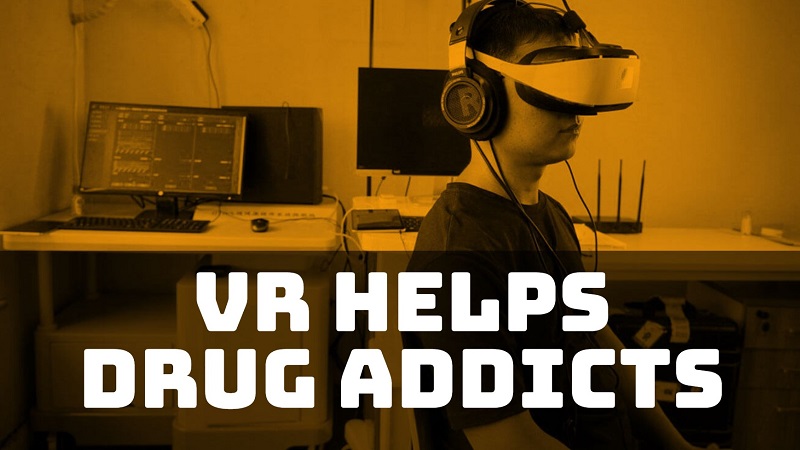
Beijing-based startup WonderLab uses VR to put patients in a situation involving drug use and analyzes biological responses.
- VR S.e.x Partner Pleasures Men With S.e.x Toys In Real Life Available For Rs. 12,865
- VR S.e.x Club Is The Future Of Adult Entertainment, Offering Real-World Experience From The Comfort Of Home
- Software Developer's Eyes Got Ruined After Using VR Headsets
You find yourself in a black sedan in a dimly-lit alley. The sky is dark. In the passenger seat is a female wearing a white top and a pair of blue jeans, asking if you want some meth. And then smoke fills the car’s interior. Another meth inhaling device appears out of nowhere.
The scenario may sound real but it is actually an immersive VR experience which is designed to be a drug test by tracking the participant’s brainwaves, pulse as well as the skin’s electrical conductance.
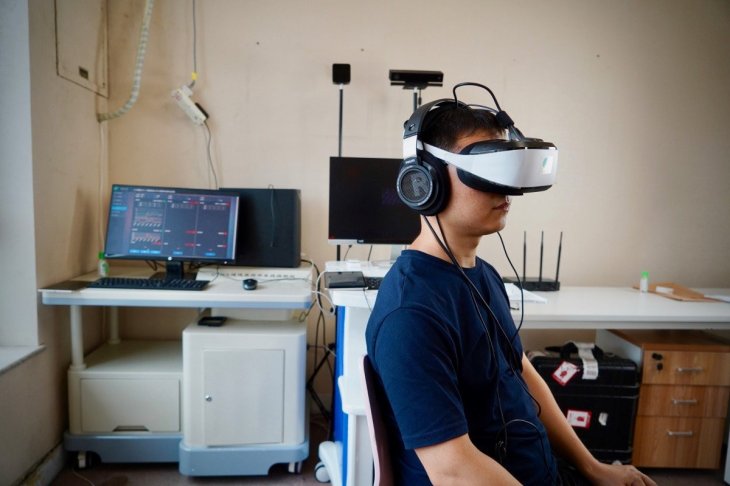
WonderLab, a startup from Beijing, is the one behind the technology. Its founder and chief executive, Li Dai, said that the system creates a drug craving score by using AI combining the responsive patterns from more than 10,000 addiction cases.
The firm works with rehabilitation centers from over 10 provinces and municipalities in China to use the AI-based assessment as the next step in addiction treatment.
The plans of the company are to expand the use of technology to other countries in Southeast Asia as it is currently in talks with the Cambodian authorities.
Li, who is a graduate majoring in psychology and cognition from Peking University, said, to put it simply, this can be viewed as a polygraph to detect drug addiction.
Before, evaluations are based on questionnaires, which are subjective and can’t be quantified. He described the method as being similar to diagnosing a fever by touching and feeling the skin, rather than using a thermometer.
The algorithm of WonderLab tracks how the brain reacts to a specific drug abuse simulation scenes when a participant is put in the VR experience. It then compares the results with former patients’ electronic signals, those who have restrained from using drugs as well as those who have no abuse history.
The human brain has around 86 billion neurons, making the process very complicated to track.

To compare, previously, machine recognition judged a person’s sex based on their height, which has an accuracy rate of 60%. But now, the accuracy is improved with more variables added like shoulder width, etc.

For drug addiction detection, the company claims the system can generate results with an accuracy rate of over 90%. The rate is similar to depression detection, which uses another AI model.
The technology is not something new, as the concept of using digital therapeutics has been circulating around for several years. And with a more favorable tech environment and regulatory, the tech is ready to take off. In 2018, the FDA (the US Food and Drug Administration) approved the first-ever software-only therapeutic system which is a prescription app capable of offering substance abuse patients 12 weeks of cognitive-behavioral, interactive therapy.
Globally, in the health care sector, AI has been increasingly gaining its position with applications ranging from forecasting flu outbreaks and speeding up drug discovering process to read scans for cancers’ early detection.
In 2018, a team from Stanford University with the participation of former Google AI head Li Fei-fei work on software which is capable of identifying depression’s signs based on different factors including facial expressions, spoken words, and voice tone with an accuracy rate of higher than 80%. This year, Elon Musk announced that Neuralink was working on a scalable brain-machine interface system.
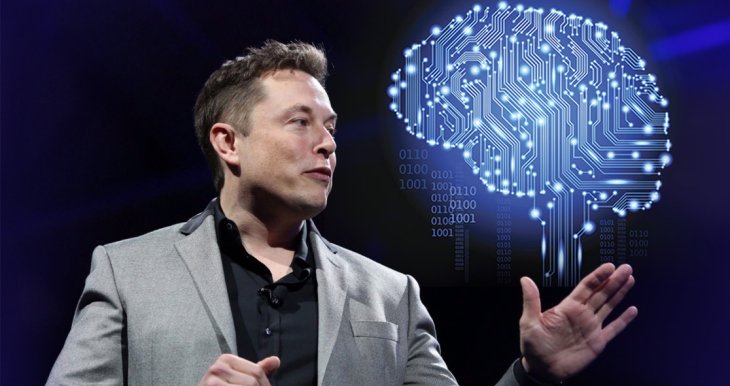
Li praised the endeavor of Mush, commenting that even though their methods are different, they both want to uncover the brain’s working mechanism.
There are around 2.4 million drug users in China, which is less than 0.25 of the country’s total population. As stated in an annual anti-drug report from the government, among these drug addicts, half of them use methamphetamine. At the end of 2018, around 279,000 put in compulsory isolation while 242,000 were at community service centers for abstinence treatment.
Meanwhile, in the US, the figure is much higher. In a 2017 report from the National Survey on Drug Use and Health, it was estimated that around 30.5 million Americans with ages ranging from 12 or older, accounting for 11% of that age group, use “illicit drugs,” including cocaine, heroin, marijuana, methamphetamine, and prescription medicines misuse.
Still, using AI-powered biofeedback therapy is just one in many other tools to help get rid of drug dependency. Chen Char-Nie, Hong Kong Action Committee against Narcotics’ former chairman, and a psychiatry specialist stated that the most common way used to reduce drug dependence is still medication.


But, to stay clean and to counter psychological weaknesses, a person needs to have self-control. Chen said that people, when being surrounded by drug dealers and old friends or when having a hard time at work or with family, are more likely to relapse.
Li, before founding the startup WonderLab in 2017, was a graduate from Peking University and used to work for Boston Consulting Group. He expressed his goal of enhancing the knowledge in understanding how the brain works and assisting in treating diseases which include depression, Alzheimer’s and schizophrenia.
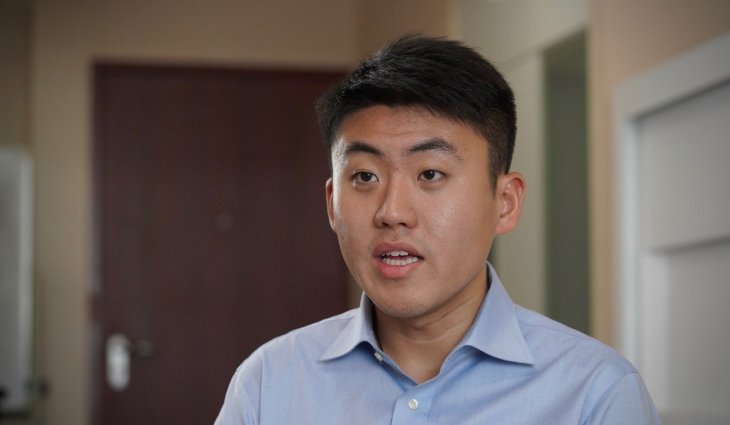
Featured Stories

ICT News - Dec 25, 2025
The Visibility Concentration Effect: Why Half the Web Isn’t Qualified Anymore

ICT News - Jul 05, 2025
Windows 11 is Now the Most Popular Desktop OS in the World

ICT News - Jul 02, 2025
All About Florida’s Alligator Alcatraz: A Smart Move for Immigration Control

ICT News - Jun 25, 2025
AI Intimidation Tactics: CEOs Turn Flawed Technology Into Employee Fear Machine

ICT News - Jun 24, 2025
Tesla Robotaxi Finally Hits the Streets: $4.20 Rides That'll Make You Hold Your...
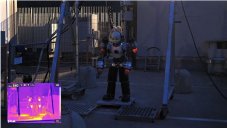
ICT News - Jun 24, 2025
World's First Flying Humanoid Robot Takes Flight

ICT News - Jun 24, 2025
When Closed Source Met Open Source: Bill Gates Finally Meets Linus Torvalds After...

Gadgets - Jun 23, 2025
COLORFUL SMART 900 AI Mini PC: Compact Power for Content Creation

ICT News - Jun 22, 2025
Neuralink Telepathy Chip Enables Quadriplegic Rob Greiner to Control Games with...

ICT News - Jun 20, 2025
Comments
Sort by Newest | Popular